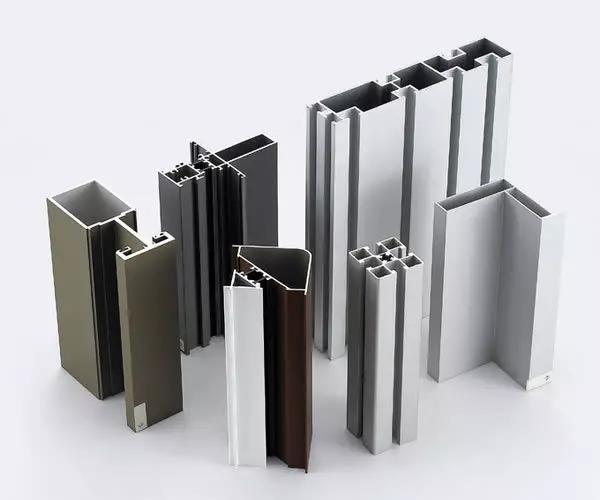Among different metal processing techniques, aluminum extrusion has always been a reliable choice for versatility and efficiency. It helps manufacture aluminum profiles in different shapes, even complex ones, that can be applied from construction to sports equipment.
HOMI, as a professional extruded aluminum manufacturer in the construction sector, knows all about extruded aluminum. Here, we are going to lead you through this special metal-forming technique and help you better understand it!
Table of Contents
ToggleWhat Is the Aluminum Extrusion?
Aluminum extrusion is a process where the processed aluminum alloy is pushed through a die to create aluminum products in different shapes or profiles. After being processed in different conditions, like under different temperatures, the produced aluminum products can have high material strength with minimal waste. Compared to other metal processing techniques, aluminum extrusion offers benefits such as flexibility in design, cost-effectiveness, and superior strength-to-weight ratios.
How Is Extruded Aluminum Made?
Understanding the manufacturing process of extruded aluminum can help better understand its advantages. Here’s a step-by-step guide:
1. Preheating and Heating of Aluminum Billets
The process begins by preheating aluminum billets to around 450-500°C. This makes the metal malleable but still solid enough to hold its shape.
2. The Role of the Die in Shaping the Aluminum
A die, typically made from highly durable steel, is used to shape the aluminum as it is pushed through. This die determines the final profile, allowing for various shapes—from simple to complex—to be formed with precision.
Additionally, the die also needs to be preheated to 450-500°C to ensure smooth metal flow and extend its servicing life. Then, the preheated die can be placed into the extrusion press and wait for the preheated aluminum material.
3. The Extrusion Press and Its Function
The extrusion press applies the necessary force to push the preheated aluminum billet through the die. This can be done through either direct or indirect extrusion methods. In direct extrusion, the billet is pushed through the die, while in indirect extrusion, the die moves towards the billet.
4. Cooling and Straightening of the Extruded Profile
Once the aluminum is shaped, it undergoes cooling, often facilitated by water or air. After cooling, the profiles are straightened and cut to the desired length, ensuring uniformity and readiness for application.
Features of Extruded Aluminum
After undergoing the above steps, the extruded aluminum profiles are equipped with diverse properties that make them reliable and versatile:
- Physical Properties: Known for being lightweight, the extruded aluminum boasts a high strength-to-weight ratio and remarkable durability.
- Chemical Properties: The utilization of aluminum alloy means the profiles are highly resistant to corrosion. Better, they can be further processed to have coatings, making them ideal for outdoor applications. Additionally, the extruded aluminum is fully recyclable, promoting sustainability.
- Mechanical Properties: The inherent characteristics of aluminum also suggest high strength along with excellent electrical and thermal conductivity. When used in the construction sector, the extruded aluminum profile can utilize the thermal break technology to ensure better heat insulation.
- Aesthetic Properties: The extruded aluminum profiles can also experience secondary operations for different aesthetic appeals. They can be polished, anodized, powder-coated, laminated, or electroplated to have different colors, finishes, and visual effects.
Applications of Extruded Aluminum
With their advantageous properties, different types of extruded aluminum find applications across numerous industries:
- Construction: Used in window frames, door frames, and structural components because of its strength and resistance to elements.
- Automotive: Ideal for car bodies, engine parts, and heat sinks, offering satisfying performance due to high strength and lightweight.
- Aerospace: Essential for aircraft components and lightweight structures, reducing weight without compromising strength.
- Furniture: Provide sturdy frames, legs, and supports for modern designs.
- Sports Equipment: Used in bike frames, ski poles, and other gear, where lightweight and durability are crucial.
Conclusion
In summary, extruded aluminum is a versatile material suitable for a wide range of applications. The combination of physical, chemical, and mechanical properties with the aesthetic aspects makes it an ideal choice for several industries.
At HOMI, we manufacture high-quality extruded aluminum profiles for construction uses, including aluminum profiles for windows, doors, and other architectural applications. If you are interested in any, feel free to contact HOMI to get more news!




